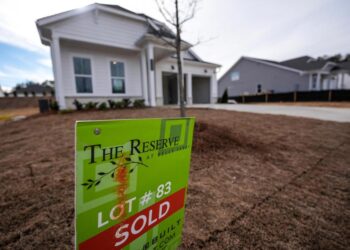While housing affordability is a complex problem, its root can often be distilled down to an Econ 101 lesson on supply and demand. Despite many measures that governments have tried, lack of affordable housing continues to plague cities throughout the U.S. At its core, the affordability crisis stems from a lack of sufficient supply at all levels, including affordable, workforce and market rate. In many markets, we simply don’t build enough housing to address the demand, which drives up rents for tenants and drives down affordability. Governments and developers need to work together towards their common goal of having a housing landscape that works for all residents.
Los Angeles, for example, builds less than 1% of its housing stock annually, which is well under the recommended 3% to maintain housing equilibrium to account for job and population growth and obsolescence of existing housing.
Even in 2019, amidst low interest rates and widely available equity, the County of Los Angeles built only 15,000 units, one fourth of what was needed according to its own regional housing needs study. Despite this critical shortage (and the opportunity that should bring), many developers are hesitant to undertake projects in Los Angeles and unfortunately the problem is getting worse. A number of current challenges are causing developers to shy away from the city at a time when more housing is desperately needed.
A lot of developers’ reluctance stems from frequently changing rent regulation policies, the lengthy city approval process for new development and tax regulations like Measure ULA, which has been particularly problematic for encouraging new development in the city.
Measure ULA, which imposes a 5.5% tax on properties exceeding $10 million, was especially problematic not only because the tax has a material impact on the profitability of new development, but also equally as important, it caused developers to wonder what might be next.
In addition, the current…
Read the full article here







